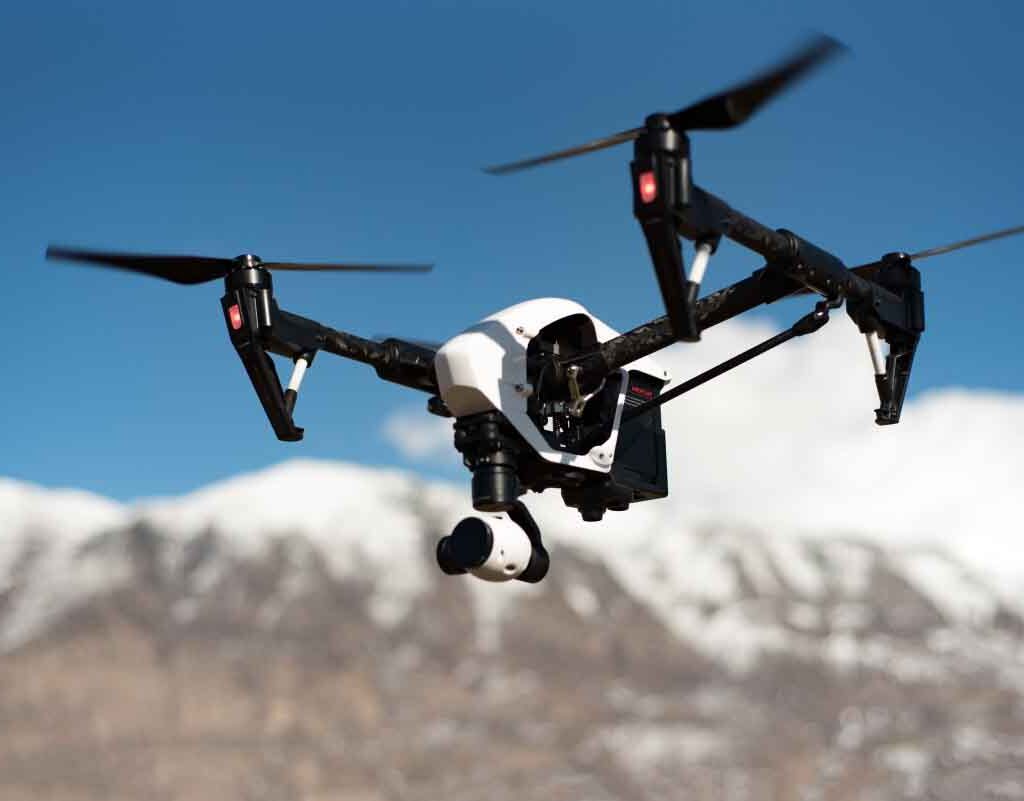Cademix Institute of Technology, Vienna, Austria | +43 650 967 7080 | info@cademix.org


Cademix Institute of Technology
Job seekers Portal for Career Acceleration, Continuing Education, European Job Market
People also visited:
Lower Tuition Fees for Low Income Countries
Defender Personality: Tech Support Representative
Effective Communication Strategies for Event Managers
Freelance Architect Job, Design and Make Money
Comprehensive Guide to Curriculum Vitae Format PDF: How to Create, Customize, and Use Professional C...
Negativity in Research and Writing: A Comprehensive Analysis Across Perspectives
SEO-Leistungsmetriken: Von Daten zur Strategie
Technology-Driven Career Acceleration: Why AI is Not Enough
Rethinking the Sunk Cost Fallacy : Why Perseverance Pays Off
Navigating International Event Management: Challenges and Solutions
Comprehensive Guide to Simple Resume Format: How to Create, Customize, and Use Simple Resumes Effect...
Focus Dailies 90: A Simple Guide for Kids on Daily Contact Lenses
SEO-Optimierung für mehrsprachige Websites: Ein umfassender Leitfaden
Nanorobots: A Tiny Robot For Diagnosis And Treatment
Effective Multi-Platform Communication: Integrating Email, WhatsApp, and Other Messaging Platforms
Biofinity Toric: A Comprehensive Guide to Comfort and Clear Vision for Astigmatism
Red Contact Lenses: Stylish Choices and Essential Safety Tips
The Synergy Between Art Deco Architecture and Modern Interior Design
Essential leadership skills to help you succeed in post covid world
Great Interior Designers Strategies Using Cross-Functional Team Collaboration
Integrating Accessibility into UX Design
Influencers, their Career and Compensation
Understanding Cademix's Author Privacy Policy : A Simple Explanation
Why Self-Learners Are Not Our Clients: The Illusion of DIY Education
People also visited:
Artificial Lights in Rendering Virtual Photo Realistic Scenes
The Importance of Budget Management in Event Planning
AI Image Generation: Advanced Techniques for Optimizing Prompts in ChatGPT and MidJourney
Blockchain as a Service(BaaS)- Trending Blockchain Technology Platform
Financial Security for International Students and Job Seekers: Managing Liquidity, Living Costs, and...
What It Takes to Be an Influencer
Importance of SMEs role in EU Funding policy
Authorship Privacy Policy at Cademix: A Balance of Anonymity and Accountability
Tailored Continuing Education: Challenges in Transitioning PhD Candidates to Sustainable Careers
Integrating Minimalism and Human-Centered Design in Restaurant Interiors
The Comprehensive Guide to Finding the Best Eye Doctor
3D Holography and its Proven Industrial Applications
Cademix Certified Network
Beyond Entertainment: How Digital Engagement Strategy is Reshaping Business and Thought Leadership
FreshLook Contacts: Exploring the Science and Technology Behind Colored Lenses
Chatgpt: Revolutionizing Conversational AI and Beyond
Psychological Factors in Digital Marketing: How Social Media Influences Purchasing Decisions
Gas Emission Control Silencer
Exploring Career Opportunities in Optician Jobs: A Detailed Guide
Exploring the Potential of Copernicus Data in European Agricultural Analysis
Strategies to Manage Gossip During Training for Foreign Job Seekers
Refractometry: Essential Tool in Optometry
Optician Technician: A Comprehensive Guide to Roles, Responsibilities, and Career Path
Circular Economy 101: How Recycling and Reuse Contribute to a Greener Planet





